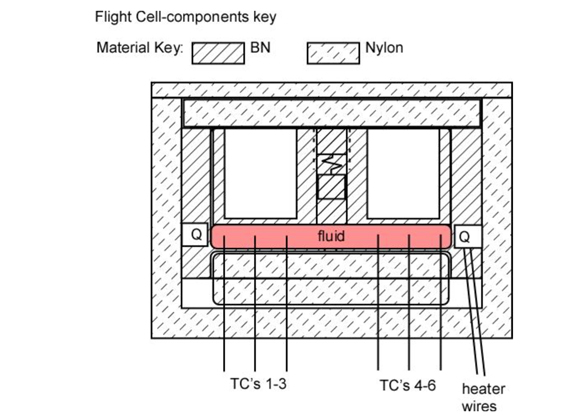Transport Properties of Fluids for Exploration
PI: R. Michael Banish, University of Alabama - Huntsville
PI: R. Michael Banish, University of Alabama - Huntsville

- TA14 Thermal Management Systems
Thermal transport of fluids on the Earth, under terrestrial gravity, occurs due to both conductive transport and convective transport. Convective heat transport dominates for most process or situations on earth. Convection leads to more efficient heat transport, thus in a gravitational field heat energy is transferred at a higher rate than by conduction alone. In low-gravity environments, without convection, heat transfer will be lower, and heat transfer rates inferred from terrestrial measurements cannot be assumed to be valid in a low-gravity environment. Thus, it is important, to confidently understand and model the low-gravity process, to have accurate values of the thermal diffusivity of fluids common to low-gravity environments, or for materials that mimic fluids used in low-gravity environments.
The flight test will validate the applicability of the hardware to future low-gravity missions to support exploration initiatives. The hardware will be tested by determining the thermal diffusivity of water and Galinstan. Water is a fluid used in multiple process in spacecraft, while Galinstan represents an analog to possible heat transfer fluids, such a liquid ammonia, or other liquid metals. The current hardware is at TRL 4-5. At the completion of this project, the TRL will be 6-7.
Technology Details
-
Selection DateREDDI-F1-18 (Aug 2018)
-
Program StatusActive
- 0 sRLV
Development Team
-
PIR. Michael Banish
-
Organization
-
SponsorNASA
-
More Information

